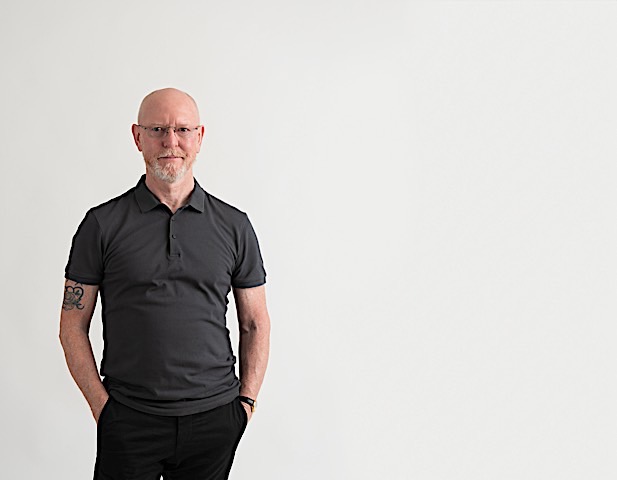Knowing What to Do When You Don't Know What to Do
Hello , Building on last week's exploration of engaged epistemology Last week we explored how knowledge work is shifting from individual expertise to collaborative creation. The Meta-Skill That Defines Expertise"Knowing what to do when you don't know what to do." This paradox captures what separates truly accomplished, dare I say grounded, professionals from those who simply apply formulaic frameworks that are divorced from what actually happens within an organisation. When Traditional Expertise Isn't EnoughNot every problem fits this category. For straightforward challenges—the "tame problems"—your expertise works perfectly. You can diagnose, prescribe, implement. You know what works because you've solved similar challenges before. But increasingly, your network faces "wicked problems" where:
Think about AI implementation. The technical integration is solvable—that's the tame problem. The wicked problem is how it changes relationships, affects different generations, alters client interactions, and requires capabilities that don't exist yet. For wicked problems, nobody has the answer upfront—including you. Three Partnership Approaches for Wicked Problems1. Discovery PartnershipsWhen to use: The client thinks they know the problem, but something feels off 2. Thinking PartnershipsWhen to use: Client faces ongoing uncertainty with no clear endpoint 3. Implementation PartnershipsWhen to use: Major changes where the path forward emerges during execution The Credibility RequirementThis only works when your expertise is already recognised. But when your reputation precedes you—when clients seek you out specifically because of your track record—you have permission to say: "Before we jump to solutions, let's make sure we understand what we're really dealing with here." Without established credibility, clients won't give you permission to slow down and explore. Practical Test: The Discovery PartnershipIf you're curious about this approach, try a discovery partnership with one existing client facing a wicked problem: Framework:
Positioning: "This challenge seems more complex than it appears on the surface. What if we invested time understanding what we're really dealing with before designing our approach?" Success indicator: Client gains new insights about their situation, regardless of what happens next. Common Client Questions"How is this different from regular consulting?" "What if we don't find useful insights?" "How do we measure success?" Implementation Reality CheckThis approach works for:
This approach doesn't work for:
Read the Full Article: From Consultant to Collaborator: Knowing What to Do When You Don’t Know What to Do Next Week PreviewThe Economics of Emergence: When Collaborative Thinking Becomes Competitive Advantage - exploring how learning partnerships create distinctive market positioning. Reflection: Have you experienced that moment of "knowing what to do when you don't know what to do"? What's worked for you when navigating unprecedented challenges? This Week's Action: Identify one current client challenge that might be a wicked problem rather than a tame one. What would change if you approached it collaboratively rather than prescriptively? Cheers Nigel Rawlins | Wisepreneurs |





